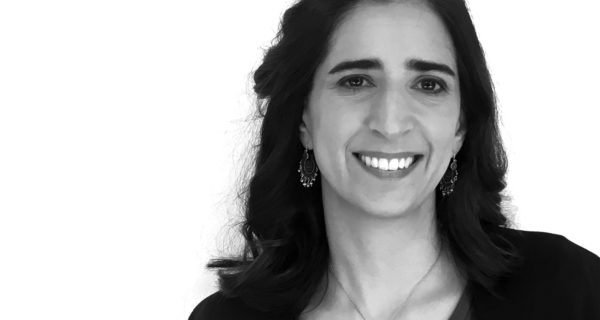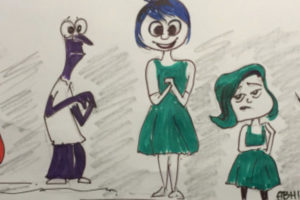Guided Practice: Compassion
Led by Daniela Labra Cardero
Compassion is the wish for someone to be free from suffering and distress. We express this capacity in many ways, usually not even noticing when compassion manifests. In this practice, we’re going to strengthen this quality.
You can do this any time, but it’s easier with activities that are simple and not too demanding. I like to do this when I’m doing light housework or going for a walk, but you can do this with any activity.
It’s helpful to form a clear intention for your practice. You can say to yourself, “I am going to strengthen compassion, and be fully mindful and present as I do the practice.”
Let your breathing return to normal, and let the mind rest for a few moments. Drop any impulse to control, or even change, what’s happening in your mind. Let yourself be.
For the rest of the practice, we will alternate periods of compassion with periods of resting in awareness, periods when we drop the doing and experience being, as we just did. We call this open awareness. Before we move on to compassion, let’s take a few more moments to rest in open awareness. Again, nothing to do here. Just let go, let be. Not need to change, fix, or improve what’s happening in this moment.
OK. Now on to compassion. Bring to mind someone in your circle of friends and loved ones. Someone with whom you share a strong connection of warmth, affection or friendship. As you bring them to mind, notice and appreciate this connection. The care and concern you have for each other.
If you happen to be around other people, feel free to direct compassion to someone around you. You can do this by noticing their presence and imagining they’re a close friend, a child or someone very dear and close to you.
Next, form the wish for this person to be free from suffering and hardship. You can think to yourself, "May you be free from pain, suffering and loss. May you be free from pain, suffering and loss." Just repeat this silently in your mind as you wish for them to be free from hardship, and feel free to adjust the wording of the phrase if you find it helpful.
Now you can let go of the compassion practice. You don’t have to stop what you’re doing. Just let your mind rest for a few moments, noticing the sounds around you, or the sensation of movement. Notice whatever thoughts and feelings are present in your mind and body.
That’s it for now. Nice work. Before you continue on with your activity, set a clear the intention to reconnect with this compassionate intention a few times each day. When you remember your intention, shift your perspective about the people you’re with, seeing them as dear friend and wish that they be free from suffering and hardship.







